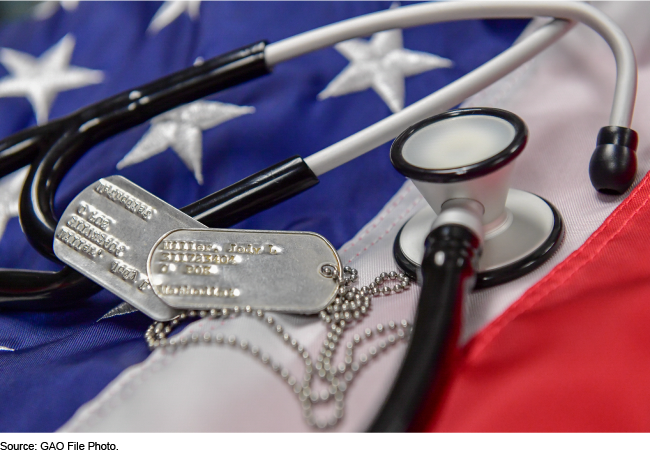VA Volunteer Transportation Network: Rides, Donations, and Program Administration
Fast Facts
Travel to medical appointments has been a major barrier to health care for veterans. To help, VA administers the Volunteer Transportation Network, which offers rides to veterans.
From 2018-2023:
The annual number of rides provided dropped by more than half
The number of volunteers dropped by nearly half
VA facilities we surveyed attributed the decreases, in part, to COVID-19 disruptions. They also said recruiting and onboarding new volunteers are their two biggest challenges.
VA is working to mitigate the challenges. For example, facilities reported success with recruiting when local partners posted on social media or sponsored radio ads.

Highlights
What GAO Found
The Department of Veterans Affairs (VA) offers several transportation options to veterans seeking medical care. These options include the Volunteer Transportation Network program that relies on volunteers and on vehicle donations from organizations like Disabled American Veterans to transport veterans. From 2018 through 2023, the annual number of rides provided through the program decreased by more than 50 percent, according to data from Disabled American Veterans. Similarly, VA data show that the total number of program volunteers—primarily drivers—decreased by nearly 50 percent during this period. Officials from the 90 VA medical facilities that responded to GAO's survey and reported offering the program attributed the decrease in rides and program volunteers partly to COVID-19-related disruptions. Although the numbers of program rides and volunteers decreased, survey respondents reported that the number of program vehicles in VA facility fleets remained relatively unchanged from fiscal years 2018 through 2023.
Estimated Total Annual Number of Volunteer Transportation Network Program Rides, 2018-2023

More than half of survey respondents reported that the two biggest challenges in administering the Volunteer Transportation Network program were recruiting and onboarding program volunteers. Specifically, 91 percent of survey respondents reported that the aging pool of volunteers was a challenge to recruiting and retaining volunteer drivers. In addition, 56 percent of survey respondents reported that onboarding requirements for volunteers—such as obtaining a VA medical examination or a personal identity verification card—were a challenge. GAO was told that onboarding requirements were time consuming and may necessitate multiple trips to the VA facility for potential volunteers. About 70 percent of survey respondents indicated these requirements result in some volunteers not completing the onboarding process.
Although facility officials reported challenges administering the Volunteer Transportation Network program, some facility officials also noted efforts to mitigate them, including streamlining the onboarding process. Furthermore, despite various reported challenges, survey respondents largely agreed that the program plays a critical role in helping them meet the needs of veterans. Sixty-eight percent of survey respondents reported that the veterans they serve would lose access to medical care without the transportation provided by this program.
Why GAO Did This Study
GAO and others have identified travel to medical appointments as a major barrier to health care for veterans. To help address this barrier, VA administers the Volunteer Transportation Network program. Unlike other VA transportation options, this program does not have veteran eligibility requirements (e.g., they do not need to have a service-connected disability or a low-income level), making it unique in serving a broader veteran population.
The Consolidated Appropriations Act, 2023, includes a provision for GAO to review the Volunteer Transportation Network program. This report provides information on (1) trends in the number of rides provided through the program, (2) trends in the number of vehicles and volunteers associated with the program, and (3) challenges administering the program.
GAO reviewed VA Volunteer Transportation Network program policies and data for fiscal years 2018 through 2023. GAO interviewed VA officials who oversee the program; and officials from eight VA medical facilities, selected to represent variation in geographic area, among other criteria. GAO also obtained data and interviewed representatives from Disabled American Veterans, a veterans service organization that is the primary source of donated vehicles for the program. Finally, GAO administered a survey to VA medical facility officials and received a response rate of 73 percent, with 90 survey responses from facilities that offer the program. These responses may not be generalizable to facilities that offer the program but did not respond to the survey.
For more information, contact Sharon Silas at (202) 512-7114 or SilasS@gao.gov.
